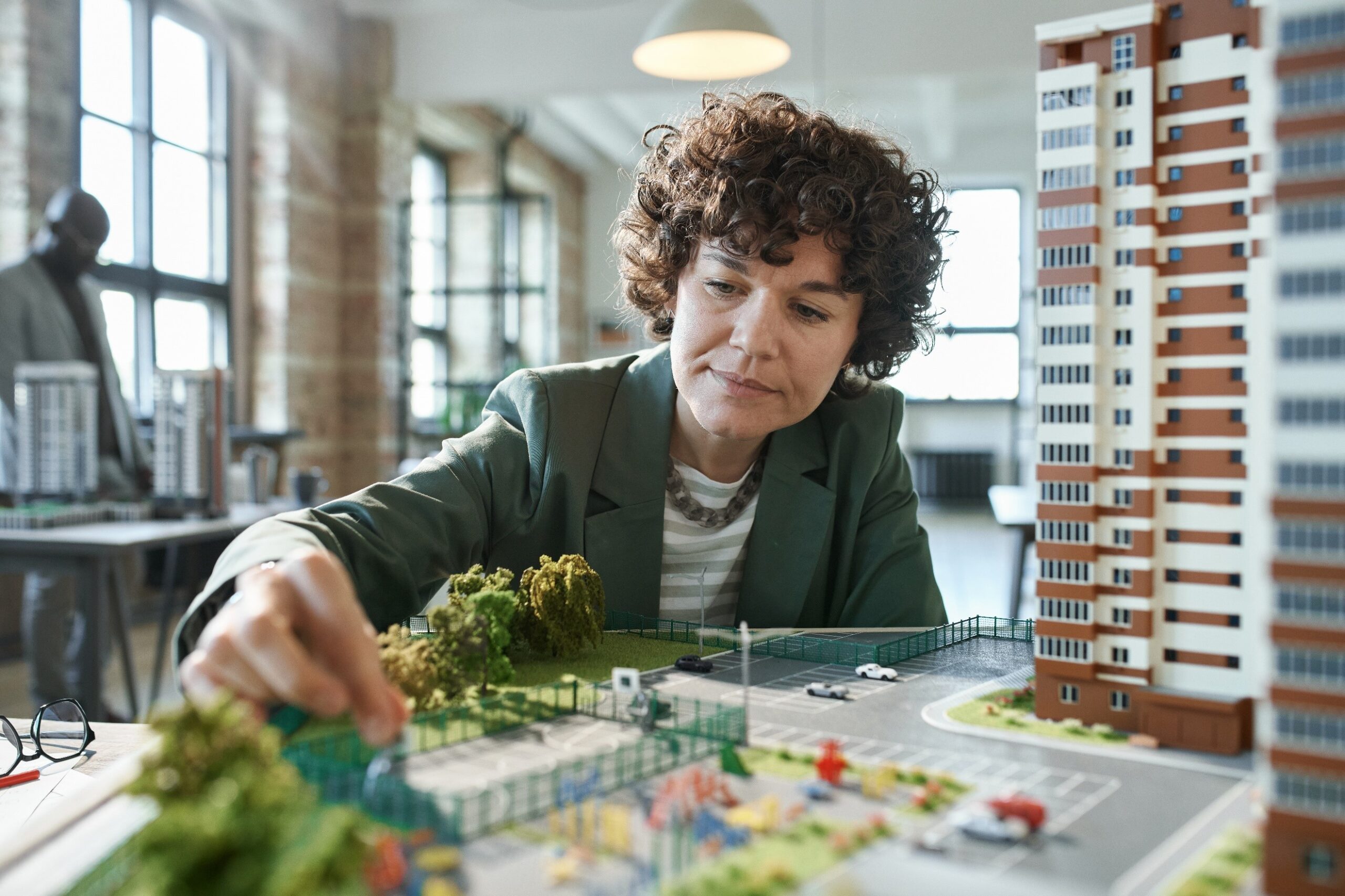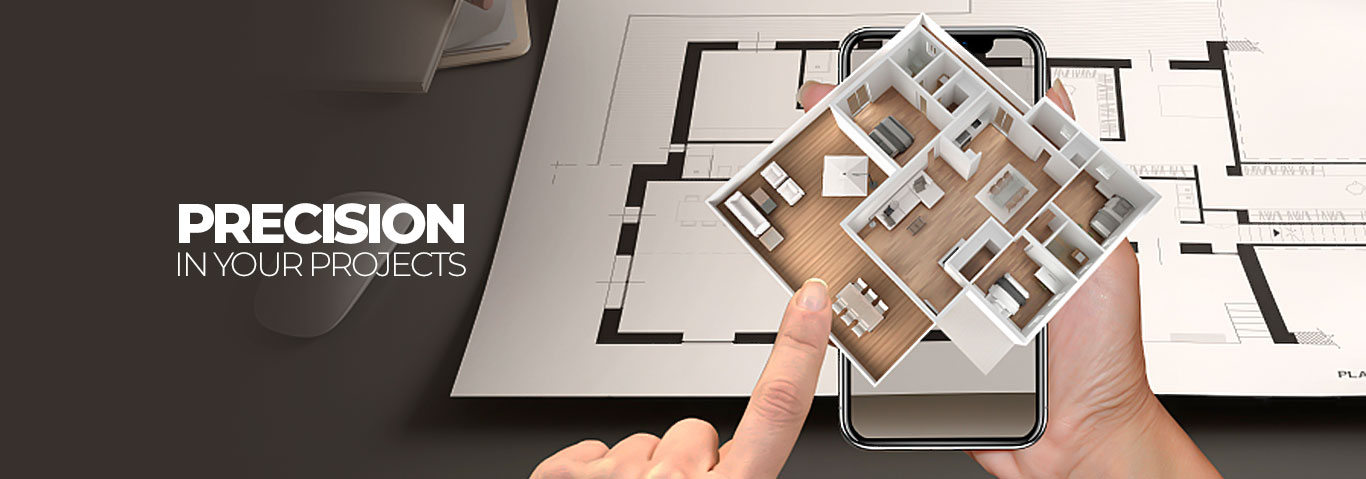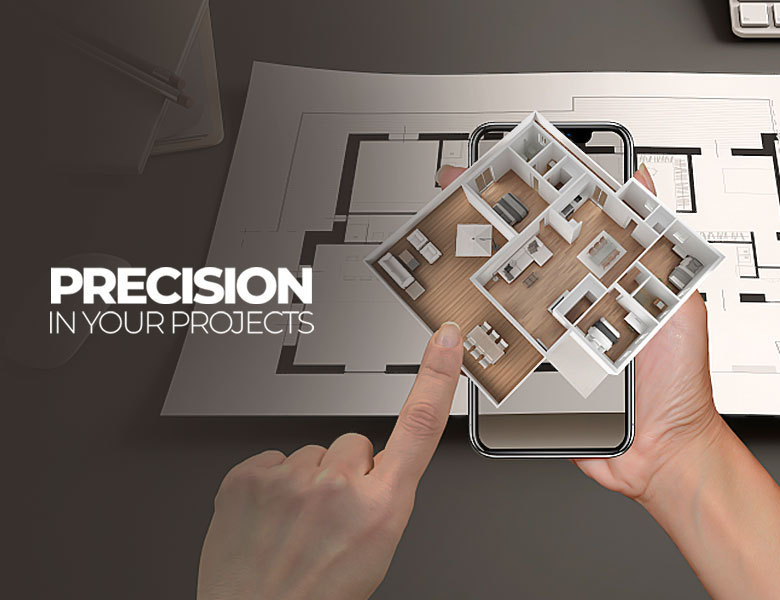
4 ways COVID-19 has changed construction
At the end of 2019, the whole world was impacted with the first news about a highly transmissible infection caused by the SARS-CoV-2 virus. What many did not expect was that the outbreak of this disease would spread so quickly and completely change the routine of people and companies, without exception. The civil sector was one of the most affected by the pandemic and we brought some interesting information about the ways COVID-19 has changed construction.
Do you want to know more about the impacts, both negative and positive, of the pandemic on the construction model around the world? Check this content!
Pandemic and construction: COVID-19 has changed construction
Architecture and construction, in general, have changed over the decades. Just watch the transition from one older neighborhood to another and the city’s historic sights. After all, architecture and civil construction also tell stories, serve as records and indicate what to expect in the future.
Environmental and natural factors reflect directly on civil construction, as well as culture, technological advances, accessibility needs and urban mobility. With Covid-19 it was no different and the changes that the pandemic brought will last for many decades, or until they are replaced by new demands.
Want to understand what these changes are and what to consider in your projects going forward? We list the 4 ways COVID-19 has changed construction.
More bathrooms per building
Every public space must have at least one bathroom accessible to the people and employees of the place, which is very practical and not so expensive when considered in a works planning. However, when we talk about a period when social distancing is more valued and the use of both objects and shared spaces is avoided, having a few more bathrooms on site can be a huge advantage.
And this not only due to the availability of the bathroom, but also because of the possibility of keeping it clean for longer and offering a longer space of time for the cleaning team to carry out the correct hygiene without hampering the flow of people.
This new trend, however, is not exclusive to shared environments, such as offices, restaurants, stores and schools, for example. Many families are now demanding a greater number of bathrooms in each home, not only for comfort, but also for privacy.
In times of a pandemic, for example, having your own bathroom is a great benefit and makes all the difference in the safety of the whole family.
Shared areas with more windows
Staying at home during the pandemic was an option for some people, but not all of them. After all, despite the fact that the home office works very well for most companies, especially those linked to technology, the services considered essential could not stop and a large group of people had to share the same space with their co-workers for several hours a day.
And as was already the case in times of flu outbreaks or other airborne diseases, keeping doors and windows open and as much natural ventilation as possible was a solution to reducing the risk of contagion by the virus. Therefore, well-opened and airy places became the first options for those who planned to gather a greater number of people in the same place.
This need was reflected in the planning of civil construction and, nowadays, it is very common to observe building plans that include larger doors and a greater number of windows scattered around the environment.
Home offices
Despite being very common, home offices are already becoming almost a priority for North American families. After all, with the advent of the mass home office, having your own space for work and studies is essential.
Previously, it was very common for offices to be that unoccupied room, an empty room or even the apartment over the garage. Nowadays, it is normal that the office space is already considered in the planning of the work by the responsible architects and engineers.
One observation is that large corporate buildings in the central business districts are increasingly empty and are gradually being replaced by home offices. The comfort of working from home and the cost reduction by companies made this a trend with high continuity bets.
Social distancing in shared spaces
Who doesn’t remember those tapes or marks on the floor that indicated the minimum distance allowed between people in a shared place? That’s because, with the high risks of disease transmission, during the pandemic caused by the coronavirus, avoiding personal contact was essential for everyone’s safety.
Today, with the reduction in the number of cases and the relaxation of health standards to protect against Covid-19, it is already possible to resume the routine of the old days. However, do people still feel comfortable being so close to each other after two years of education about distance?
Therefore, the new constructions have considered wider spaces that allow, as long as the execution of the work is not hampered, a greater distance between seats, work areas and points of agglomeration of people. And since the very culture of corporate and public environments has changed, there is good reason to believe that this trend will continue.
Did you like our content about ways COVID-19 has changed construction? Then read too: Will home remodeling boom set to peak in 2023?







